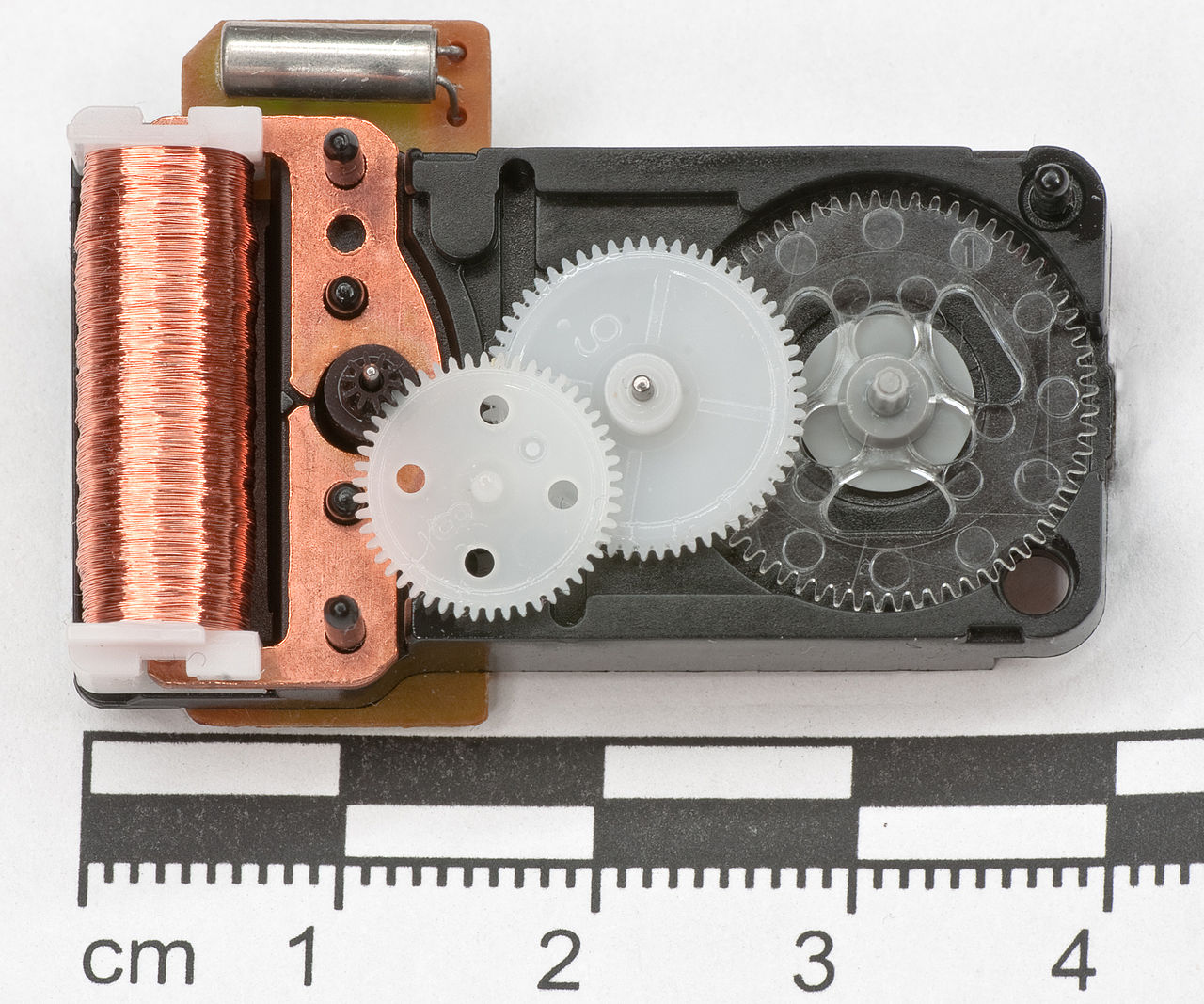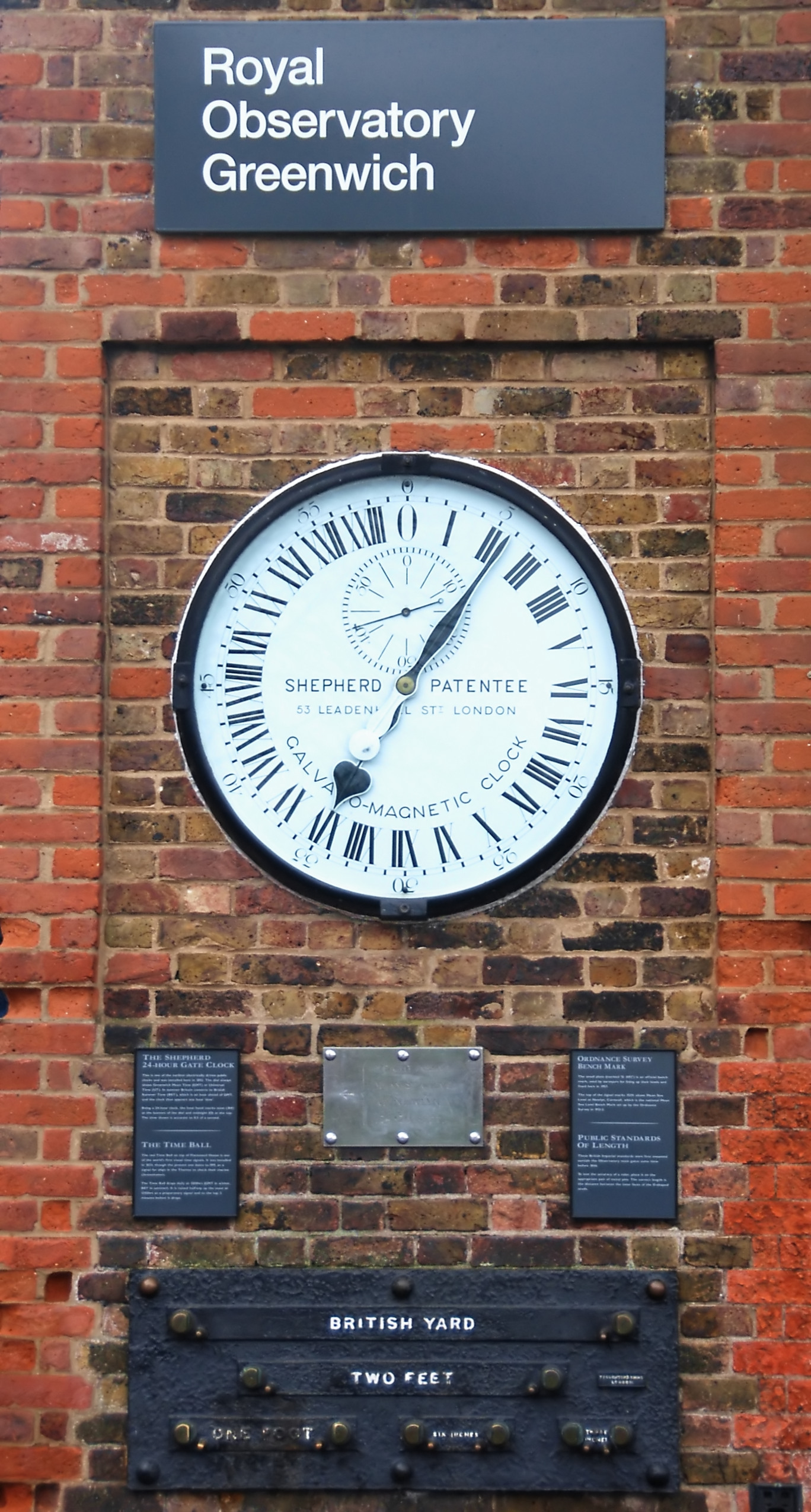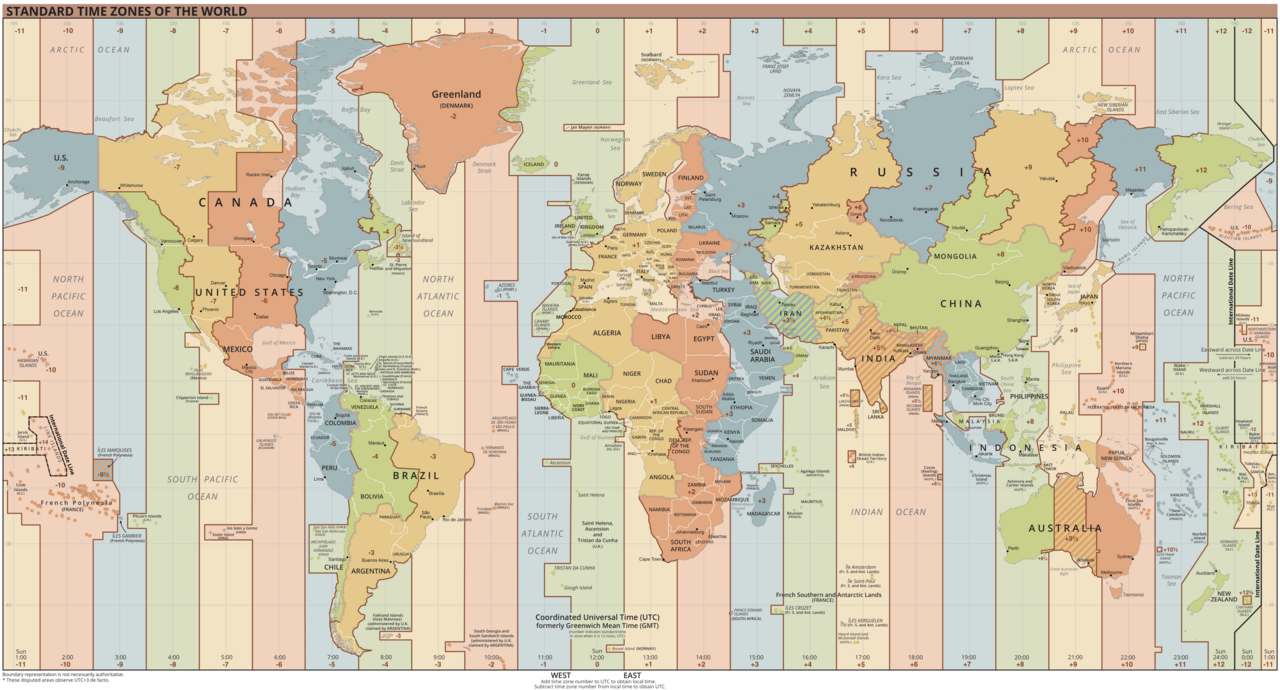
Quartz Clocks
Introduced in the 1920s, Quartz Clocks use a quartz crystal oscillator to keep time. This innovation dramatically increased the accuracy of clocks, making them much more precise than mechanical ones.

Introduced in the 1920s, Quartz Clocks use a quartz crystal oscillator to keep time. This innovation dramatically increased the accuracy of clocks, making them much more precise than mechanical ones.

Atomic Clocks, first developed in the 1950s, revolutionized timekeeping by measuring vibrations of atoms. These clocks are accurate to within a second over millions of years and are used in global positioning systems (GPS).

In the 19th century, Greenwich Mean Time (GMT) became the global standard for timekeeping, unifying time zones and serving as the basis for Coordinated Universal Time (UTC).

The introduction of Standard Time Zone in the late 19th century allowed for synchronized global commerce and communication, laying the groundwork for modern international timekeeping.